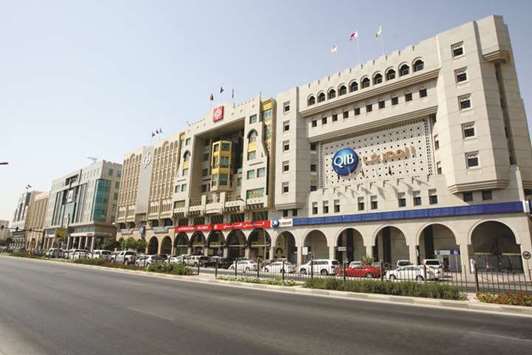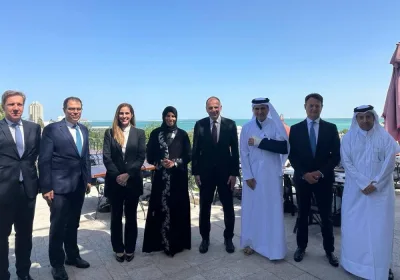Qatar’s banks, which are “sound,” have the lowest non-performing loans (NPLs) in the Gulf Cooperation Council (GCC) and the wider Middle East and North Africa (Mena) region, according to the Institute of International Finance (IIF).
Qatari banking system’s NPLs were 1.3% of total loans compared to 5.8% in the UAE, 2.4% in Kuwait, 1.8% in Oman and 1.4% in Saudi Arabia, Washington-based IIF said in its latest report.
Elsewhere in the Mena region, Iranian banks’ NPL stood at 18%, Tunisia 15.6%, Algeria 11.4%, Morocco 7.5% and Egypt 5.6%.
The IIF also found Qatar’s banks’ return-on-assets stood at 1.7% against 1.5% in the UAE, 1.6% in Oman and 1% in Kuwait.
Highlighting that economic activity and financial developments in the Mena oil exporters are interlinked with the oil price developments, the IIF said “given this linkage, if oil prices fail to recover significantly in the coming years, then asset quality may worsen and financial sector stress may increase.”
However, banks in the region have enhanced their risk management and implemented countercyclical capital buffers and loan loss provisions in the past decade to limit systemic financial sector risks, it found.
Qatar’s banking sector’s provisions towards potential bad loans stood at 100% compared to a high of 170% in Saudi Arabia and 106% in the UAE, it said. “The balance sheets of banks in the region have also benefited from the strong economic performance in 2002-14 and high government participation in banks,” IIF said.
Although resident deposit growth – especially by government – has slowed, reflecting lower revenues from hydrocarbon exports, it said the gap between slowing domestic deposits growth and credit growth has been partly reduced through higher non-resident deposits and foreign borrowing, including wholesale funding (particularly in Bahrain and Qatar).
In a report last month, the IIF had said Qatar’s banking industry is well positioned amid diplomatic stir owing to “limited” credit exposure elsewhere in the GCC and the system will be “resilient” as long as the ‘repo’ window remains open.
Qatari banks have credit exposures to entities elsewhere in the GCC, although this, too, is “limited” as a proportion of overall exposure for the sample of banks it examined, it said.
On Qatar’s macro fundamentals, the IIF had said its fiscal balances may not be majorly impacted if the diplomatic stir and trade disruptions remain for less than a month since 80% of the government revenues comes from hydrocarbons and has “ample” financial resources and fiscal buffers.

Qatari banking system’s NPLs stand at 1.3% of total loans compared to 5.8% in the UAE, 2.4% in Kuwait, 1.8% in Oman and 1.4% in Saudi Arabia, says Washington-based IIF. PICTURE: Nasar TK



